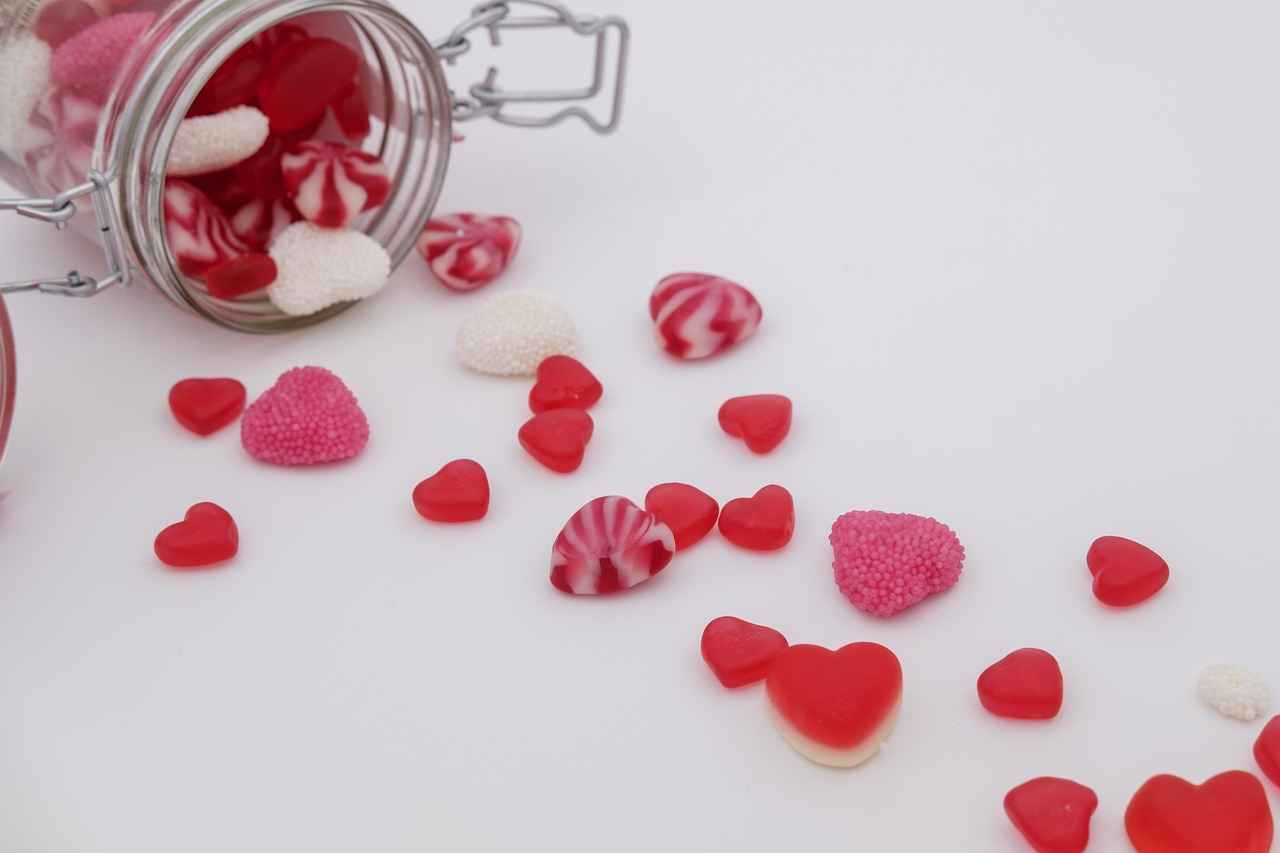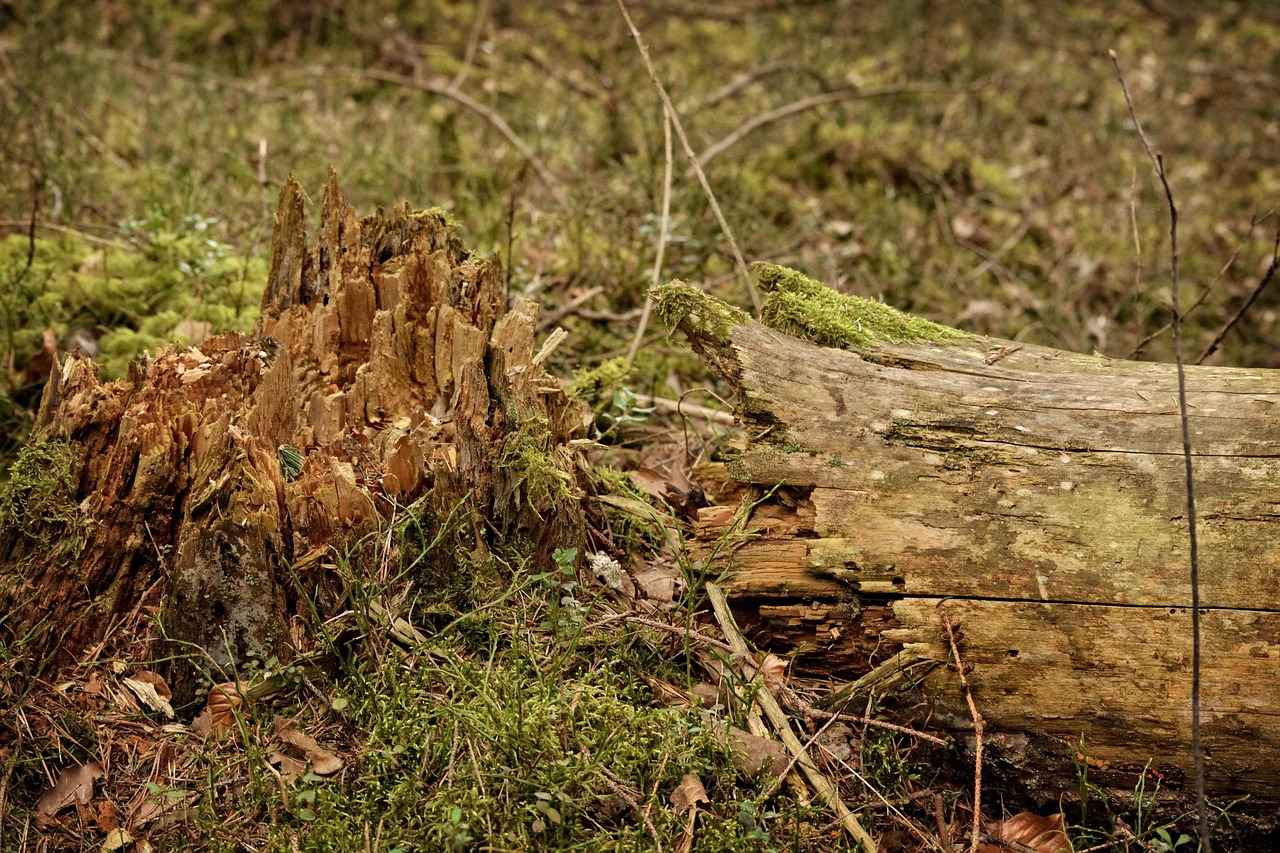This article explores the healing time for cut gums, factors influencing recovery, and practical tips to promote faster healing, ensuring you have all the information needed for effective care.
What Is a Cut Gum and How Does It Occur?
A cut gum refers to any laceration or abrasion on the soft tissue of the gums. Such injuries can occur due to various reasons, including:
- Accidental Injury: Biting into hard foods or brushing too aggressively.
- Dental Procedures: Surgical interventions or cleanings may cause temporary cuts.
- Oral Health Issues: Conditions like gum disease can lead to weakened gum tissue.
Symptoms of a cut gum may include pain, swelling, and bleeding. Recognizing these signs is crucial for effective self-care.
How Long Does It Typically Take for a Cut Gum to Heal?
The healing duration for a cut gum can vary significantly, generally ranging from a few days to two weeks. Factors influencing this timeline include:
- Severity of the Cut: Deeper cuts may take longer to heal.
- Location: Cuts in areas with high movement, like near the molars, may take longer.
Most minor cuts will heal within a week, while more severe injuries may require additional time and care.
What Factors Affect Gum Healing Time?
Several factors can impact the healing time of a cut gum:
- Age: Younger individuals typically heal faster due to better blood circulation and tissue regeneration.
- Overall Health: Conditions like diabetes can slow down the healing process.
- Oral Hygiene Practices: Maintaining good oral hygiene can promote faster healing.
Tips for Promoting Faster Healing of Cut Gums
To enhance recovery, consider the following practical tips:
- Maintain Oral Hygiene: Gently brush and floss to keep the area clean.
- Use Saltwater Rinses: Rinsing with warm saltwater can reduce inflammation and promote healing.
- Avoid Irritants: Steer clear of spicy or acidic foods that may aggravate the cut.
When Should You Seek Professional Help for a Cut Gum?
It is essential to recognize when a cut gum requires professional attention. Seek help if you experience:
- Severe Pain: Intense discomfort that does not subside.
- Excessive Bleeding: Bleeding that lasts more than 10 minutes.
- Signs of Infection: Symptoms such as pus, fever, or increased swelling.
How to Care for Your Mouth During the Healing Process?
Proper care during the healing of a cut gum is vital for preventing complications. Here are some tips:
- Follow a Gentle Oral Care Routine: Use a soft-bristled toothbrush and avoid aggressive brushing.
- Stay Hydrated: Drink plenty of water to keep your mouth moist and aid in healing.
- Monitor Your Diet: Eat soft foods that are easy to chew and swallow.
By following these guidelines, you can support the natural healing process of your gums and ensure a quicker recovery.

What Is a Cut Gum and How Does It Occur?
Understanding what constitutes a cut gum is essential for recognizing the situation and taking appropriate action. A cut gum, often referred to as a gum laceration, occurs when the soft tissue of the gums is damaged. This can happen due to various reasons, and being aware of these can help in prevention and treatment.
Common Causes of Gum Cuts
- Accidental Injury: One of the most frequent causes of cut gums is accidental trauma, such as biting down on a hard object, using a toothbrush too aggressively, or any impact during sports.
- Dental Procedures: Certain dental treatments, like tooth extractions or deep cleanings, can leave the gums vulnerable to cuts.
- Sharp Objects: Sometimes, food items like chips or crusty bread can have sharp edges that may inadvertently cut the gums.
- Oral Health Conditions: Conditions like gum disease can weaken the gum tissue, making it more susceptible to cuts and lacerations.
Symptoms Associated with Gum Cuts
Recognizing the symptoms of a cut gum is crucial for effective management. Common signs include:
- Pain or Discomfort: A cut gum often results in localized pain, which can range from mild to severe depending on the extent of the injury.
- Swelling: Inflammation around the affected area is typical as the body responds to the injury.
- Bleeding: It’s common for cut gums to bleed, especially when brushing or eating.
- Difficulty Eating or Speaking: Depending on the location of the cut, individuals may find it challenging to chew or articulate words without discomfort.
Being informed about what constitutes a cut gum can significantly aid in both prevention and treatment. If you experience a cut gum, monitoring the symptoms and practicing good oral hygiene is imperative to facilitate healing.
In summary, understanding the causes and symptoms of cut gums can empower individuals to take proactive measures in maintaining their oral health. Awareness is the first step toward effective care and recovery.

How Long Does It Typically Take for a Cut Gum to Heal?
Understanding the healing process of a cut gum is essential for effective oral care. The duration for a cut gum to heal can greatly depend on various factors, including the severity of the cut and individual health conditions. This article aims to provide comprehensive insights into the typical healing time for cut gums, along with factors that may influence recovery.
The healing duration for a cut gum can vary significantly. On average, most minor cuts in the gum tissue may take about 1 to 2 weeks to heal completely. However, more severe cuts or injuries can require a longer recovery time, potentially extending to 3 weeks or more. Understanding the healing timeline is crucial for managing expectations and ensuring proper care.
Several factors can influence the healing time of a cut gum:
- Severity of the Cut: Minor abrasions will generally heal faster than deep lacerations.
- Age: Younger individuals often heal more quickly than older adults due to better blood circulation and regenerative capabilities.
- Overall Health: Conditions such as diabetes or autoimmune disorders can slow down the healing process.
- Oral Hygiene: Maintaining good oral hygiene can promote faster healing by preventing infections.
- Diet: A balanced diet rich in vitamins and minerals can aid recovery.
In addition to these factors, the location of the cut can also play a significant role. Cuts on the gum line that are exposed to constant friction from chewing or brushing may take longer to heal compared to cuts in less exposed areas.
It is important to monitor the healing process closely. If you notice increased pain, swelling, or any signs of infection such as pus or fever, it is advisable to consult a healthcare professional. They can provide appropriate treatment and guidance tailored to your specific situation.
In conclusion, while minor gum cuts typically heal within a week or two, various factors can affect the healing duration. By understanding these factors and taking proactive steps towards care, you can help ensure a smoother and quicker recovery.

What Factors Affect Gum Healing Time?
Understanding the healing process of a cut gum is essential for effective recovery. Several factors can significantly influence how quickly and efficiently your gum heals. This section will delve into key elements such as age, overall health, and oral hygiene practices that play a crucial role in the recovery process.
Age is a significant factor in the healing time of a cut gum. Generally, younger individuals tend to heal faster due to more robust cellular activity and better blood circulation. In contrast, older adults may experience prolonged healing times due to slower metabolic rates and age-related health issues. This difference is particularly noticeable in how quickly the body can regenerate tissues and manage inflammation.
Another critical element is overall health. Individuals with chronic conditions such as diabetes, autoimmune diseases, or those undergoing treatments like chemotherapy may find that their healing processes are compromised. These conditions can impair circulation, reduce immune response, and lead to slower recovery times. Maintaining good health through a balanced diet, regular exercise, and adequate hydration can support the body’s healing capabilities.
Oral hygiene practices also play a vital role in the healing of cut gums. Proper oral care can prevent infections and promote faster recovery. Regular brushing and flossing help remove food particles and bacteria that can exacerbate the injury. Using an antiseptic mouthwash can also aid in keeping the area clean and reducing the risk of complications. It’s essential to avoid irritants such as tobacco and excessive alcohol consumption, as these can hinder the healing process.
Additionally, a nutritious diet can enhance healing. Foods rich in vitamins C and K, zinc, and omega-3 fatty acids are particularly beneficial for gum health. Incorporating fruits, vegetables, nuts, and fish into your diet can provide the necessary nutrients to support tissue repair and reduce inflammation.
Lastly, stress management cannot be overlooked. High-stress levels can negatively impact your immune system, making it harder for your body to heal. Engaging in relaxation techniques such as meditation, yoga, or deep-breathing exercises can have a positive effect on your overall health and recovery.
In summary, the healing time for a cut gum is influenced by a variety of factors, including age, overall health, and oral hygiene practices. By understanding these elements and taking proactive steps, individuals can facilitate a smoother and faster recovery process.

Tips for Promoting Faster Healing of Cut Gums
When dealing with a cut gum, it is essential to adopt certain practices that can significantly enhance the healing process. This section provides practical advice on maintaining oral hygiene and making dietary choices that support gum healing.
- Maintain Excellent Oral Hygiene: Keeping your mouth clean is crucial. Rinse your mouth with a saltwater solution several times a day to help reduce inflammation and promote healing. This natural remedy can also help to keep bacteria at bay.
- Choose Soft Foods: Eating soft foods can minimize irritation to the affected area. Consider incorporating foods like yogurt, mashed potatoes, and smoothies into your diet. Avoid crunchy or spicy foods that may exacerbate the cut.
- Stay Hydrated: Drinking plenty of water is vital for overall health and can aid in the healing process. Hydration helps maintain saliva production, which is essential for oral health.
- Avoid Tobacco Products: Smoking or using other tobacco products can hinder the healing process. These substances can reduce blood flow to the gums, prolonging recovery time.
- Limit Alcohol Consumption: Alcohol can irritate the gums and delay healing. It is advisable to avoid alcoholic beverages until your gum has healed completely.
- Use a Soft-Bristled Toothbrush: Switching to a soft-bristled toothbrush can prevent further irritation to your gums. Be gentle while brushing to avoid aggravating the cut.
- Consider Using Antiseptic Mouthwash: An antiseptic mouthwash can help to reduce bacteria in your mouth and promote healing. Look for mouthwashes that are alcohol-free to prevent irritation.
- Monitor Your Diet: Incorporate foods rich in vitamins C and K, as they are known to support gum health. Citrus fruits, leafy greens, and nuts are excellent choices that can aid in recovery.
- Manage Stress: High-stress levels can negatively impact your immune system, slowing down the healing process. Engage in relaxation techniques such as meditation or deep-breathing exercises.
- Consult a Healthcare Professional: If your cut does not improve within a few days or if you experience increased pain, swelling, or bleeding, it is important to seek professional advice.
Incorporating these tips into your daily routine can markedly improve your recovery time from a cut gum. By focusing on oral hygiene and making thoughtful dietary choices, you can support your body’s natural healing processes and ensure a quicker return to optimal oral health.

When Should You Seek Professional Help for a Cut Gum?
When it comes to oral health, recognizing when a cut gum requires professional attention is crucial. While minor cuts may heal on their own, certain symptoms can indicate a more serious issue that necessitates a visit to your dentist or healthcare provider. Understanding these symptoms can help you take timely action to prevent complications.
Here are key symptoms to watch for:
- Excessive Bleeding: If your cut gum continues to bleed for more than 10 minutes, it’s important to seek professional help. Persistent bleeding may indicate a deeper injury or an underlying health issue.
- Severe Pain: While some discomfort is normal with a cut gum, intense pain that interferes with daily activities is a cause for concern. This could signal infection or other complications.
- Signs of Infection: Look for symptoms such as swelling, redness, or pus. If your cut gum appears infected, prompt dental care is essential to prevent the infection from spreading.
- Difficulty Eating or Drinking: If you experience significant difficulty consuming food or beverages due to pain or discomfort, it may be time to consult a professional.
- Fever: A fever accompanying a cut gum could indicate a systemic infection. If you develop a fever, seek medical attention immediately.
- Changes in Taste or Smell: Any unusual changes in your sense of taste or smell may suggest an infection or other dental issue that requires evaluation.
In addition to these symptoms, it’s important to consider your overall health. Certain conditions, such as diabetes or blood disorders, may affect healing and increase the risk of complications. If you have any underlying health issues, it’s wise to consult your healthcare provider even for minor cuts.
In summary, being aware of the signs that indicate a need for professional help can significantly impact your recovery. If you experience any of the symptoms mentioned above, do not hesitate to reach out to your dentist or healthcare provider. Early intervention can lead to better outcomes and prevent further complications.

How to Care for Your Mouth During the Healing Process?
When you experience a cut on your gums, proper care is essential to ensure a smooth and complication-free healing process. This section will provide you with detailed guidance on how to effectively care for your mouth during recovery. By following these recommendations, you can promote healing and minimize discomfort.
During the healing of a cut gum, your mouth is particularly vulnerable to infections and other complications. Maintaining optimal oral hygiene helps to prevent bacteria from entering the wound, which can lead to infections or prolonged healing times. Therefore, it is crucial to adopt a careful oral care routine.
- Gentle Brushing: Use a soft-bristled toothbrush to clean your teeth. Avoid the area of the cut initially to prevent further irritation.
- Salt Water Rinse: Rinsing your mouth with a warm saltwater solution can help to reduce swelling and promote healing. Mix one teaspoon of salt in a cup of warm water and rinse gently.
- Alcohol-Free Mouthwash: Opt for a non-alcoholic mouthwash to avoid stinging and irritation. This can help keep your mouth clean without causing discomfort.
- Hydration: Drink plenty of water to keep your mouth moist and aid in the healing process.
In addition to your oral care routine, making certain lifestyle changes can significantly impact your recovery:
- Avoid Certain Foods: Steer clear of spicy, acidic, or crunchy foods that can irritate the cut. Soft foods like yogurt, mashed potatoes, and smoothies are excellent alternatives.
- Quit Smoking: If you smoke, consider quitting during the healing period. Smoking can hinder blood flow and delay healing.
- Manage Stress: High-stress levels can affect your immune system. Engage in relaxation techniques such as deep breathing or meditation to promote overall well-being.
Keep an eye on the cut as it heals. Look for signs of infection, such as increased redness, swelling, or pus. If you notice any concerning symptoms, it is crucial to seek professional help promptly.
If your cut gum does not show signs of improvement after a few days or if you experience severe pain, bleeding, or swelling, it is important to consult a dentist or healthcare provider. They can assess your condition and provide appropriate treatment if necessary.
In summary, taking care of your mouth during the healing process of a cut gum is vital for a quick and effective recovery. By following a diligent oral care routine and making necessary lifestyle adjustments, you can significantly enhance your healing experience.
Frequently Asked Questions
- How long does it take for a cut gum to heal?
Typically, a cut gum can take anywhere from a few days to two weeks to heal, depending on the severity of the injury and individual factors like age and health.
- What causes cuts in the gums?
Cuts in the gums can occur due to various reasons, such as aggressive brushing, accidental bites, or injuries from dental tools. It’s essential to be gentle while maintaining oral hygiene.
- What should I do if my cut gum doesn’t heal?
If your cut gum doesn’t show signs of healing after a week or worsens, it’s crucial to consult a dentist to rule out infections or other complications.
- Are there any home remedies to speed up healing?
Yes! Rinsing with warm salt water, avoiding spicy foods, and maintaining good oral hygiene can help promote faster healing of cut gums.
- When should I see a doctor for a cut gum?
If you experience excessive bleeding, swelling, or signs of infection like pus or fever, it’s time to seek professional help. Don’t wait for things to get worse!




